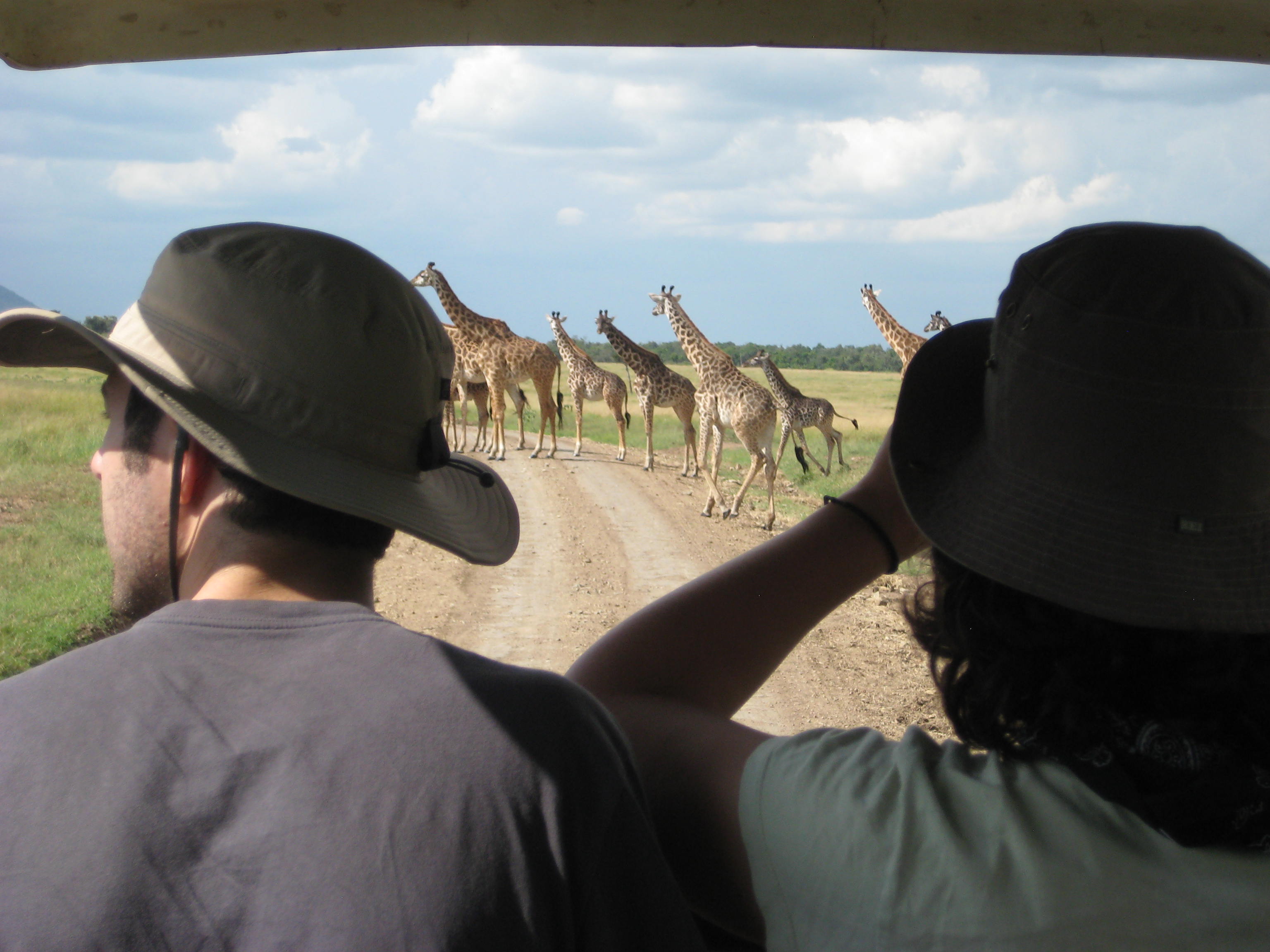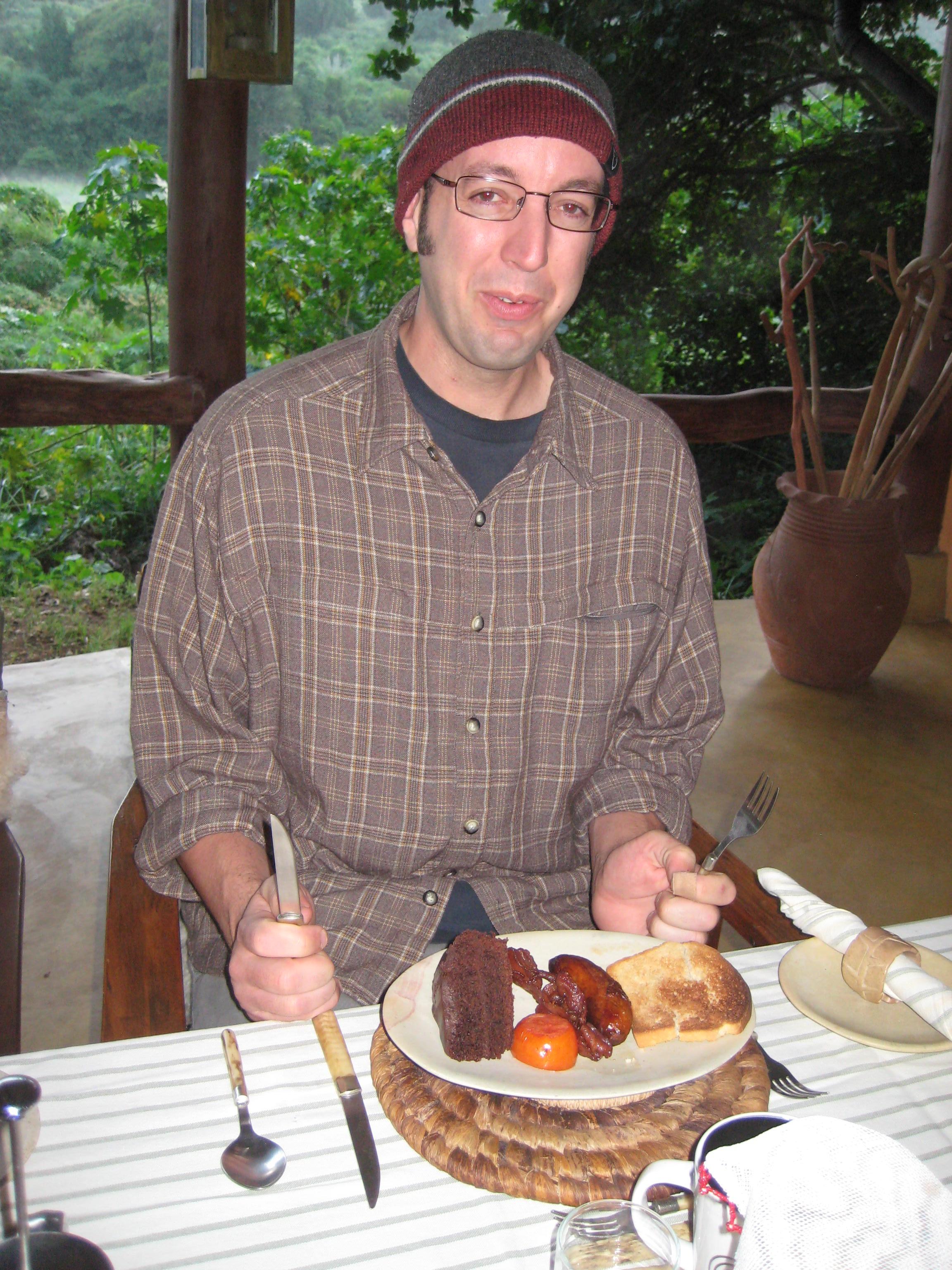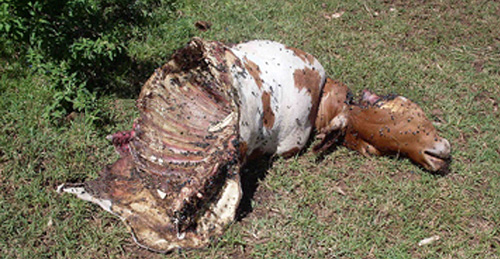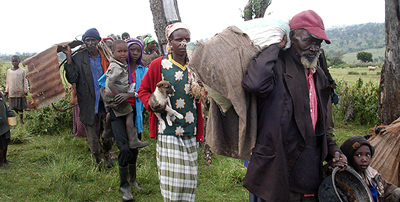
We spent a full day in the Mara, bucking tradition but also avoiding the rain!
There are so many hard myths so difficult to break about safari travel, and one of them is the game viewing routine. The fact of the matter is that there shouldn’t be a routine, because conditions change.
Right now is a cold time in Kenya, and in the Mara a time when every afternoon carries a magnificent thunderstorm. So the idea of going out on a dawn game drive, returning for breakfast and “relaxation” until the afternoon game drive, just doesn’t make sense.
We all slept in a bit, got tea and coffee served to us on our private verandahs overlooking the Mara River as the brilliant sun broke into a cloudless sky, then enjoyed a full breakfast before heading out for a day of game viewing.
We began our game viewing as practically everyone else was returning for breakfast! But with more time available, now, we were able to head down the main road all the way to the Tanzanian border.
After checking on our resident pride and seeing that their bellies were still too big for anything dramatic to occur, we meandered through some of the most lovely country in the Mara at its very southwest corner.
These are plains that in a month or two will be filled with wildebeest, but their beauty right now was breathtaking. Lemon green grasses, many beautiful wild flowers and blooming sausage and acacia trees. We made the requisite turn around the Tanzanian border stake before heading back to the Mara River.
I saw a young lion that looked distressed. We went over to him and he slouched away, I don’t think for fear of the vehicle, but almost as if we had discovered him doing something naughty.
Aha! He must have been told not to come with the hunt. Young males are never allowed to hunt with their mothers, even though the young females are. So sure enough a few hundred yards ahead and we saw three females stalking.
Unfortunately the ground was too wet for us to follow them around a hill, but as I said to the Cronans with me, this was a pride that had obviously had a number of failures up to now or they wouldn’t be hunting in the middle of the day. It was quite possible they had nothing in their sites, but were just sneaking around the hill with hope!
We found a beautiful sausage tree on a tiny hill with a grand view for lunch. About twenty elephant were to our north in a swamp and a huge herd of buffalo to our southwest on a hill.
After lunch we tooled up the Mara River, where the wildlife was thick. I think we past more than a thousand gazelle by the end of the day, and hundreds of topi. On the river we found some incredibly large crocs.
And after returning to the main road, the first thing we saw was a mother cheetah with three older cubs! They were perched on the top of an anthill, the mother surveying the veld, back and forth, back and forth. But the kids seemed disinterested and flopped back down asleep.
Later as we wound by the river, James noticed a gazelle snorting an alarm. Following the sight path from the Tommie all we could see in the tall grass was one buffalo. But patience prevailed, the Tommie kept snorting, and a beautiful male cheetah popped out of the grass. Sorry, buddy!
But perhaps the most astounding thing to me on this game drive came towards the end when we encountered nearly 50 giraffe. Giraffe aren’t social beasts. They do congregate from time to time, but rarely in numbers this large. It was truly magnificent.
So we headed home, it began to thunderstorm really badly, and as we slid back to tea and cakes around 430p we passed a number of poor travelers just coming out for their game drive!


